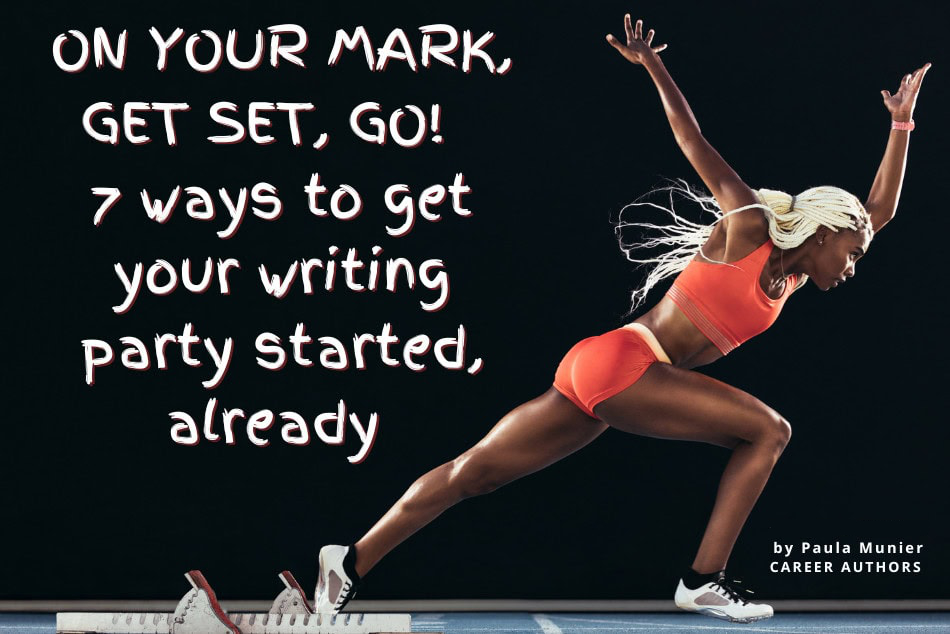“The scariest moment is always just before you start. After that, things can only get better.”
–Stephen King
Getting started is sometimes the hardest part of writing. As I began book seven of my Mercy Carr series, I found myself uncharacteristically unable to begin. Typically, I just dive right in, armed with a rough outline and an image in my mind that captures the essence of the opening scene. And I had that rough outline, along with the blurb approved by my publisher. But no opening image. No starting block from which to power my initial sprint into the story. I was stumped, stymied, standing absolutely still.
I worried for a while, whined for a while, cursed for a while. Then I remembered that there is more than one way to get high, baby, to quote The Simpsons. (Note to my children: Look, your mother just quoted The Simpsons. She’s cooler than you think. I know, I know, not really.)
Try these tips and tricks when you’re having trouble getting a story started:
- Skip the opening. Write the scene that inspired you to write this story in the first place, no matter where in appears in your plot’s timeline. Give us the first fight scene in your romance, the car chase in your thriller, the unmasking of the murderer in your mystery.
- Start with the villain. Forget your hero, show us the Machiavellian creature who will challenge him at every turn. Think Hannibal Lecter, Iago, Nurse Ratched, Darth Vader, Annie Wilkes, Agent Smith. Now sic your antagonist on your protagonist. And you’re off.
- Write a terrible opening. That is, the very worst, most clichéd, seriously static beginning scene one you can think of—a dream, a phone call in the middle of the night, your heroine waking up, walking alone on the beach, staring off into the sunset, thinking about her life. Now fix it.
- Write the jacket copy. Hit the highlights of this story you want to tell, leave the reader desperate to buy the book. Write that book. Hint: If you draw a blank on this, look up the jacket copy of your comparable titles and use it to inform your own.
- Make it up. If you’re thinking, well, I would if I could, consider this: We’re talking automatic writing here. Just sit down with pen and paper and a timer (or an hourglass—I love my hourglass) and write whatever comes into your head for twenty minutes. If nothing comes into your head, write “nothing is coming into my head” over and over again until something else does. You’ll either fall into your story naturally or bore yourself into writing for real. Whatever works.
- Create a writing ritual. Train your brain to write every morning with your tea and toast at the breakfast table, or every night after the kids go to bed and you curl up on the couch, or every afternoon on a bench at the dog park while your puppy plays with the other puppies.
- Do the opposite. If you usually write at night, try writing in the morning. If you usually write on your laptop, try pen and paper. If you usually write an outline, try winging it. Whatever you usually do, do the opposite.
By the time I finished writing this post, an image popped into my mind and suddenly I was ready to write my opening scene. Maybe it was kismet, maybe it was coincidence, maybe it was The Simpsons. It doesn’t matter. What matters is that I’m writing.
Now it’s your turn.
This post was originally published at CareerAuthors.com

